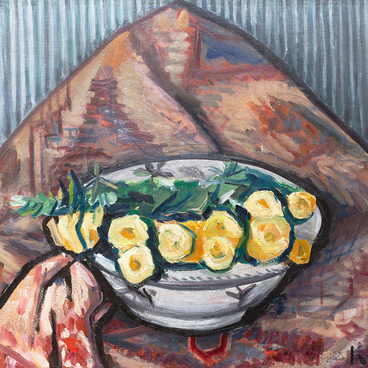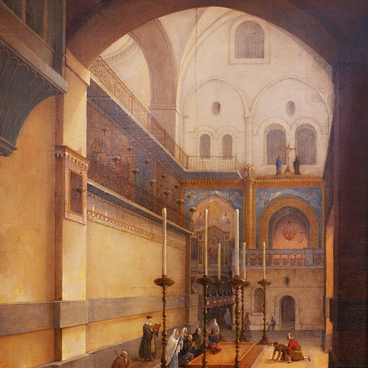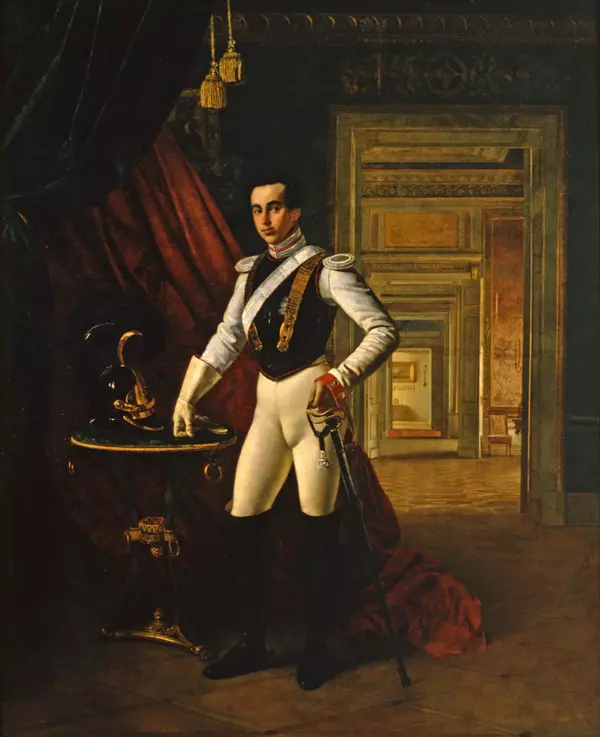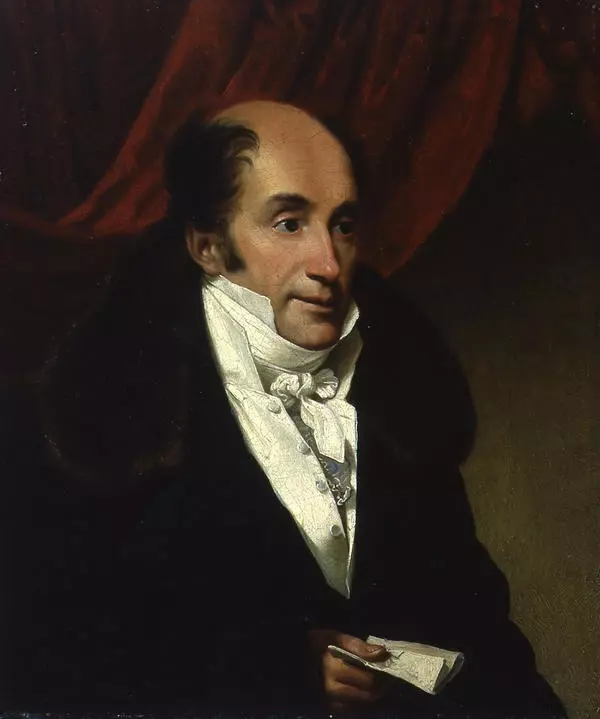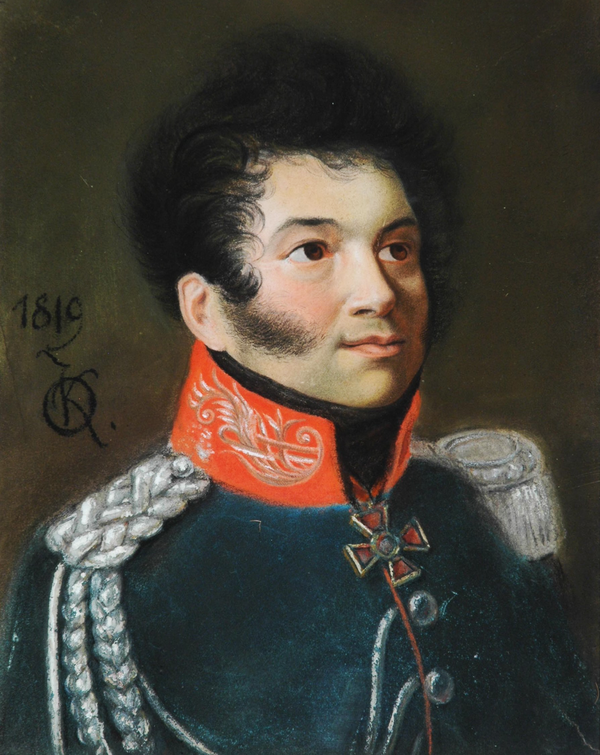Artist Orest Kiprensky painted politician Alexey Korsakov twice. One of the portraits is housed in the State Russian Museum. The second one was transferred from the State Museum Fund to the Tomsk Regional Art Museum in 1929. For some unknown reason, the hero depicted on the canvas was nameless, and the painting was called ‘Reading by the Candle’. The name of the character was established in 1985 by art historians Yakov Brook and Evgenia Petrova. At that time, an All-Union exhibition was being prepared dedicated to the 200th anniversary of the birth of Orest Kiprensky. Researchers managed to find a description of the portrait in a poem, which poet Dmitry Khvostov wrote as a message to ‘P.P. Svinyin’:
Portrait of A.I. Korsakov
Creation period
1808
Dimensions
65x55 cm
Technique
oil, canvas
Collection
Exhibition
4
Open in app#1
Orest Kiprensky
Portrait of A.I. Korsakov
#2
#4
…Although Kiprensky’s honor, and glory, and crown
Was Korsakov’s portrait: all the master’s art in it hides,
His friendly face, kind expression of his eyes,
He sits by the fire, leaning, in his dressing gown,
Solving, it seems, a dispute of the muses on the canvas.
Everyone thinks that he, with his attentive observation,
With Rembrandt has a muted conversation…
Was Korsakov’s portrait: all the master’s art in it hides,
His friendly face, kind expression of his eyes,
He sits by the fire, leaning, in his dressing gown,
Solving, it seems, a dispute of the muses on the canvas.
Everyone thinks that he, with his attentive observation,
With Rembrandt has a muted conversation…
#5
Alexey Korsakov was born in 1751. He father was a landowner. During the reign of Paul I, Alexey held the rank of general of artillery, and under Alexander I, he was transferred to civilian service: he was president of the Berg-Collegium (department of mining), director of the Mining Corps and senator. Korsakov was a connoisseur of painting and a collector. His art gallery was quite renowned and was visited by many of his contemporaries.
He even owned a painting by Leonardo da Vinci “Madonna and Child” (the “Benois Madonna”. It is not known how it got into his possession. After his death, the canvas was bought by merchant who was engaged in fishing business Alexander Sapozhnikov. The Madonna was kept in his family until the merchant’s granddaughter Maria Benois sold it to the Hermitage Museum in 1914.
There were several types of portraits in the 19th century, among them were ceremonial and chamber portraits. The main task of the ceremonial portrait was to emphasize a high social status of the sitter. Thus, such portraits were distinguished by richly furnished interiors, expensive clothes, medals and other special symbols. In such paintings, artists often hyperbolized: the heroes were depicted in theatrical poses, women had perfect oval faces, and commanders were painted standing with a regal posture.
In the chamber portraits, the characters appeared in natural poses, without regalia, which indicated their social status. In the 19th century, artists further developed this genre and began to depict people in their own homes. The portrait displayed in the Tomsk Regional Art Museum is an example of this sub-genre.
Orest Kiprensky painted Korsakov in a simple setting, sunk in the shadow. The hero of the portrait wears a warm housecoat. Thick, viscous, dragging brush strokes enhance the expressiveness of his features. The candle — the only light source — illuminates only his face and the desk.
He even owned a painting by Leonardo da Vinci “Madonna and Child” (the “Benois Madonna”. It is not known how it got into his possession. After his death, the canvas was bought by merchant who was engaged in fishing business Alexander Sapozhnikov. The Madonna was kept in his family until the merchant’s granddaughter Maria Benois sold it to the Hermitage Museum in 1914.
There were several types of portraits in the 19th century, among them were ceremonial and chamber portraits. The main task of the ceremonial portrait was to emphasize a high social status of the sitter. Thus, such portraits were distinguished by richly furnished interiors, expensive clothes, medals and other special symbols. In such paintings, artists often hyperbolized: the heroes were depicted in theatrical poses, women had perfect oval faces, and commanders were painted standing with a regal posture.
In the chamber portraits, the characters appeared in natural poses, without regalia, which indicated their social status. In the 19th century, artists further developed this genre and began to depict people in their own homes. The portrait displayed in the Tomsk Regional Art Museum is an example of this sub-genre.
Orest Kiprensky painted Korsakov in a simple setting, sunk in the shadow. The hero of the portrait wears a warm housecoat. Thick, viscous, dragging brush strokes enhance the expressiveness of his features. The candle — the only light source — illuminates only his face and the desk.
#3
Ministry of Culture of the Russian Federation
read morehide
00:00
00:00
1x
Portrait of A.I. Korsakov
Creation period
1808
Dimensions
65x55 cm
Technique
oil, canvas
Collection
Exhibition
4
Open in app
Share


